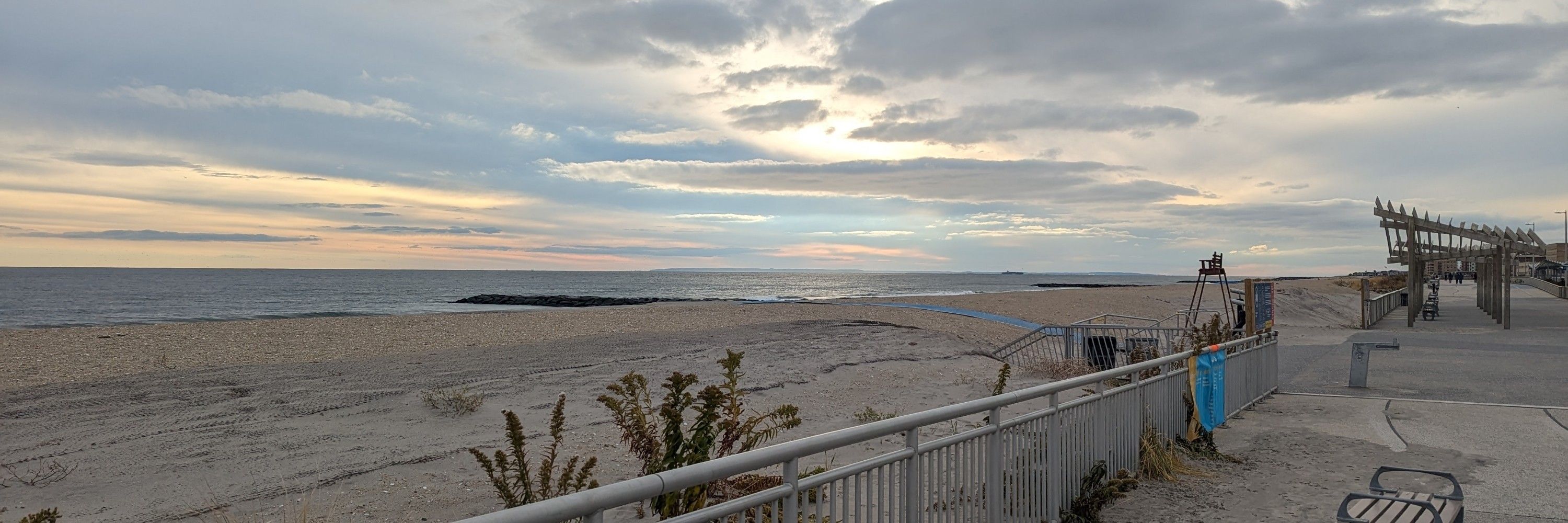
kevintmorris.com
Posts regularly deleted using https://bsky.jazco.dev/cleanup.




I’m very excited to be working on this major project, bringing together my many strands of research on democracy and election law.

I’m very excited to be working on this major project, bringing together my many strands of research on democracy and election law.

Gutting the VRA was bad, actually.

Producing Politics
Inside the Exclusive Campaign World Where the Privileged Few Shape Politics for All of Us
www.beacon.org/Producing-Po...
Producing Politics
Inside the Exclusive Campaign World Where the Privileged Few Shape Politics for All of Us
www.beacon.org/Producing-Po...
The upshot doesn't change: In heavily White, Democratic parts of GA, the White D cand outran the Black D cand

The upshot doesn't change: In heavily White, Democratic parts of GA, the White D cand outran the Black D cand

There's no golden age when information was immaculate & the people devoted to imbibing it all. The midcentury US, with its major newspapers & three networks, was where the basic survey research demonstrating how little citizens know about politics was conducted
There's no golden age when information was immaculate & the people devoted to imbibing it all. The midcentury US, with its major newspapers & three networks, was where the basic survey research demonstrating how little citizens know about politics was conducted
Gutting the VRA was bad, actually.




Thanks @kevintmorris.bsky.social and @michaelgmiller.bsky.social.
Thanks @kevintmorris.bsky.social and @michaelgmiller.bsky.social.

Gutting the VRA was bad, actually.


Gutting the VRA was bad, actually.

So, I did what I do when I can't quite get my thoughts organized--I wrote.
Here's some takeaways from TX, NC, & a few other items:
open.substack.com/pub/chriscoo...

So, I did what I do when I can't quite get my thoughts organized--I wrote.
Here's some takeaways from TX, NC, & a few other items:
open.substack.com/pub/chriscoo...
I personally date the fall of the post-Civil Rights constitutional order 2013 & Shelby County v Holder. When a reactionary SCOTUS could knock out the keystone of equal voting rights, & everyone agreed that was valid, it was an epochal change. It meant democracy was itself now a partisan issue.
Gutting the VRA was bad, actually.

I personally date the fall of the post-Civil Rights constitutional order 2013 & Shelby County v Holder. When a reactionary SCOTUS could knock out the keystone of equal voting rights, & everyone agreed that was valid, it was an epochal change. It meant democracy was itself now a partisan issue.

